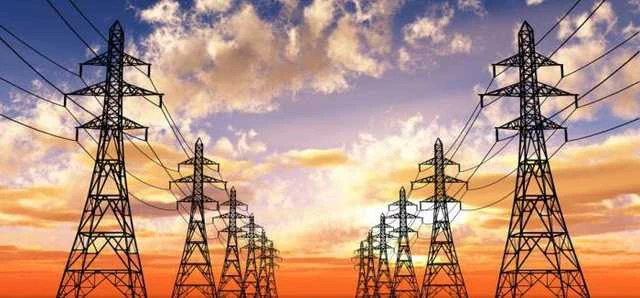
Why Russia’s attacks on Ukraine’s energy infrastructure won’t help it win war
Russia is now launching several raids per month, totaling hundreds of tons, attempting to sabotage Ukraine’s energy system in order to disrupt power supply
Military analyst Kyrylo Danylchenko shared his opinions regarding Russian attacks’ impact on his Facebook page.
According to the military analyst, the United States Department of Defense, despite being a significant energy consumer, relies on only a 1% fraction of the country's overall energy production. Much of this consumption is for non-critical purposes like air conditioning and food storage. Moreover, the U.S. military is highly decentralized, equipped with a robust network of generators, solar panels, and autonomous systems that can operate independently of the grid for extended periods. This capability dates back to World War II, where even large bases maintained self-sufficiency in energy.
Historical precedent further underscores the challenges of targeting energy infrastructure alone. During World War II, strategic bombing of power systems in Germany and Japan was extensive, yet the intended impacts on production and morale were often mitigated by backup systems and industrial resilience.
The US military planned to strike 50 major power stations of the Third Reich to disable 40% of its generation capacity.
Additionally, targets included elements of civilian morale, such as textile industries (to create shortages of warm clothing and wool products), food warehouses (freezing food supplies), and transportation, including river transport.
They did not achieve their goals - the factories stopped working only when their gates were knocked down by tanks.
Even as Allied bombings intensified in 1944, including the devastating raids by the US and USSR which claimed hundreds of thousands of lives, German production managed to persist and even increase in some areas. The blackout measures and resource limitations imposed by the bombings did strain the population and factories, but they did not cripple the industrial output entirely.
Ultimately, it was the combined effect of physical occupation and sustained pressure on transportation networks that proved decisive in weakening Germany's industrial capacity.
Currently, despite sporadic bombing raids by Russia, totaling a relatively small amount, Ukraine has adapted its industrial strategy to decentralize production and fortify critical infrastructure. This strategy includes leveraging international support for the defense sector, such as investments from Denmark, the United States, and Canada, aimed at bolstering local production capabilities. This reindustrialization effort not only enhances Ukraine's military self-sufficiency but also mitigates the impact of any potential energy disruptions.
Moreover, Ukraine has shown resilience in restoring damaged generation capacity, launching new facilities, and increasing imports from Europe despite electricity shortages. This capability, coupled with proactive measures like Ukrainian drone attacks on oil depots and refineries, illustrates the country's ability to defend its energy infrastructure and maintain operational effectiveness, even in the face of ongoing conflict.
“The winter will be unpleasant and we need to prepare for it, especially in the cities near the front line, but we will continue to increase production. There comes a stage in the war when it will be more important than the morale of the population,” the analyst concludes.
- News













































